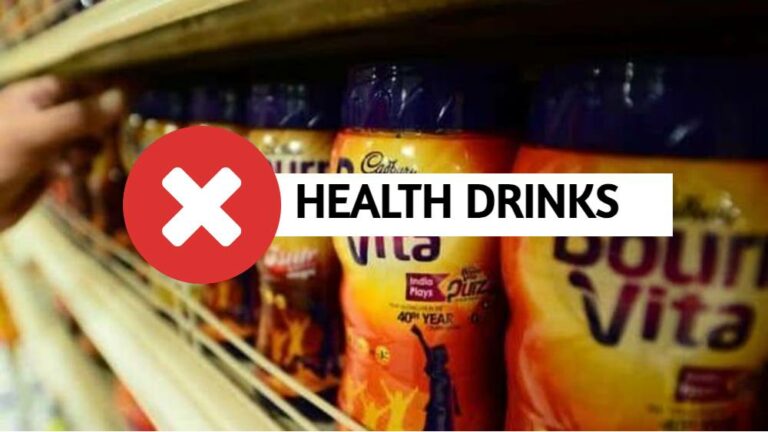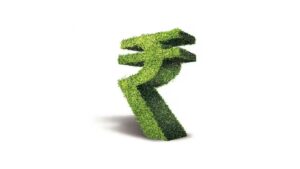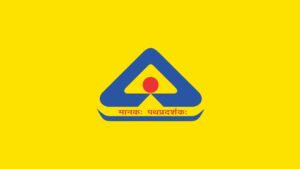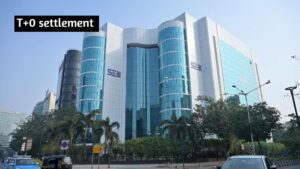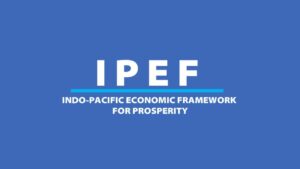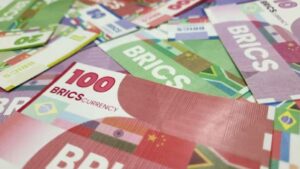On April 10, 2024, the Ministry of Commerce and Industry advised e-commerce companies to remove Bournvita and similar products from the health drinks category on their platforms. This directive came after a yearlong investigation by the National Commission for the Protection of Child Rights focused on Bournvita, a brand owned by Mondelez for 78 years. For years, “health drinks” have been a popular category, but it took an activist influencer campaign to prompt government action. The recent announcement from the commerce ministry regarding “health drinks” follows a controversy sparked a year ago by Revant Himatsingka, a social media influencer known for reviewing packaged food items.
As domestic Ayurvedic products company Patanjali faces criticism from the Supreme Court for misleading advertising, multinational corporations (MNCs) like Mondelez are encountering challenges in their established markets. This follows a directive from the commerce ministry instructing e-commerce companies to stop categorizing all drinks and beverages as “health drinks” on their platforms. Henceforth, products like Horlicks, Bournvita, and Boost are now to be listed under tags such as food drink, beverage, and powder.
On April 10, 2024, the Ministry of Commerce and Industry advised e-commerce companies to remove Bournvita and similar products from the health drinks category on their platforms. This directive came after a yearlong investigation by the National Commission for the Protection of Child Rights (NCPCR) focused on Bournvita, a brand owned by Mondelez for 78 years. The advisory was issued following a recent request from the Food Safety and Standards Authority of India (FSSAI) asking online retailers not to label dairy, cereal, or malt-based drinks as “health drinks” or “energy drinks” due to concerns that such categorization could mislead consumers. The inquiry by the NCPCR was prompted by complaints about the high sugar content in these products.
Consequently, major e-commerce players like Amazon and Flipkart are collaborating with sellers to reclassify products like Bournvita and Horlicks, currently listed under the health drinks category. Indian players such as BigBasket, JioMart, Instamart by Swiggy, and Blinkit by Zomato find it easier to adjust their listings since they operate on an inventory-led model. Horlicks dominates the health food drink segment with a market share of approximately 44 per cent. Bournvita, along with Boost and Complan, holds a double-digit market share and categorizes its product as a cereal-based beverage mix. The health food drinks category, valued at nearly $1 billion, has been experiencing a slowdown for a few years. Players in this segment might experience a setback due to the directive related to healthy beverages. The industry relies heavily on double-digit sales through e-commerce platforms. The impact on all players remains to be seen, but everyone will certainly be affected. The industry is compelled to adhere to the new regulations. Consumers are likely to shift away from this category, leading to a decline in sales for the industry.
FSSAI’s Stance on Sugar Levels
When products like Bournvita were scrutinized, a notable observation was its carbohydrate content, which stands at 86.7g per 100g, with 49.8g of that being sugar. Of this sugar content, 37.4g comprises sucrose or added sugar. In a recommended serving of 20g of chocolate powder, consumers are ingesting nearly 10g of total sugar. Apart from the added sugar, the process of malting contributes to sugar content. Malting, initially used in the production of single-malt whiskey and now employed in making malt-based milk beverages, involves germinating cereals, followed by drying, roasting, and powdering them. During germination, the starch in grains breaks down into sugar due to the action of enzymes known as amylase. Roasting enhances flavour by caramelizing this sugar.
Maltose, a form of sugar, is a product of this process, comprising two units of glucose bonded together. Moreover, besides added sugar, the chocolate powder contains maltodextrin, liquid glucose, and maltose generated from the malting process of cereals.
According to the Food Safety and Standards (Advertising and Claims) Regulations 2018 by the FSSAI, a product can claim to be ‘low on sugar’ only if it contains less than 5g of total sugar per 100g. Any product meeting this requirement may be considered ‘healthy.’ However, when products fail to meet this standard and still market themselves as ‘health drinks,’ it becomes problematic. A member of the FSSAI scientific panel explained, “For example, if a child consumes four servings of such a drink, they would intake 40 grams of sugar, exceeding the World Health Organization’s recommended daily limit of 25 grams or six teaspoons of sugar. In Indian households, additional teaspoons of sugar are often added to chocolate-powder drinks as well.”
In September 2022, the FSSAI released a draft notification defining high-fat, sugar, and salt (HFSS) food as processed products with elevated levels of saturated fat, total sugar, or sodium. This notification aimed to clarify what constitutes HFSS food and how to inform consumers about it through front-of-the-pack labelling.
According to the draft, if a product derives more than 10% of its total energy (kcal) from sugar and/or saturated fat, it is considered high in fat and/or sugar. However, the FSSAI left the regulation open-ended regarding whether companies must declare fat, sugar, and salt content on the front of the packaging. Instead, it suggested the use of ‘health rating stars’ while rejecting warning labels. Dr Arun Gupta, Convener of Nutrition Advocacy in Public Interest (NAPi) and former member of the PM’s Council on India’s Nutrition Challenges criticized this approach, saying, “Warning labels are straightforward and inform consumers if a product is high in fat, salt, or sugar. Health stars can be misleading. Consumers don’t have the time or knowledge to calculate if a product is high in sugar based on FSSAI’s definition.”
Watchdogs Need To Step Up Their Game
The latest notice is likely to affect other popular beverages that claim to offer nutritional benefits to consumers. Online advertisements promoting drinks as “health drinks” are also required to be taken down. However, the main issue raised is a semantic one: the NCPCR found that there is no official definition of “health drinks” under the Food Safety and Standards (FSS) Act of 2006. It’s worth noting that these brands don’t label their products as health products on the packaging. Nevertheless, this development highlights a growing concern among health professionals regarding various food and drink promotions in India targeting children, a common strategy used by both domestic and multinational corporations.
Not Forgetting Revant Himatsingka
The recent announcement from the commerce ministry regarding “health drinks” follows a controversy sparked a year ago by Revant Himatsingka, a social media influencer known for reviewing packaged food items. Himatsingka posted a video highlighting Bournvita’s high sugar content and its potential impact on children. Mondelez, the parent company of Bournvita, responded with a legal notice demanding the removal of the video. Lacking the resources to engage in a legal battle against the multinational corporation, Himatsingka complied and issued an apology. Mondelez clarified that the sugar content in Bournvita was below the daily recommended intake limit. However, Himatsingka’s video had already gained significant traction, leading to complaints to the National Commission for Protection of Child Rights (NCPCR).
The NCPCR instructed Mondelez to withdraw Bournvita’s “misleading” advertisements, packaging, and labels. Contrary to the company’s claims, the NCPCR stated that Bournvita seemed to have exceeded the added sugar limit by using labels such as “Maltodextrin” and “Liquid Glucose,” which should have been labelled as “added sugar” according to the Food Safety and Standards Authority of India’s (FSSAI) Labeling and Display Regulations of 2020. In response, Mondelez reduced the amount of added sugar in Bournvita in December. Both the actions taken by the NCPCR and the commerce ministry are reasonable. However, it raises questions about why public consumer protection agencies have not been more proactive in such matters.
For years, “health drinks” have been a popular category, but it took an activist influencer campaign to prompt government action. Meanwhile, a plethora of influencers promote questionable food and drink products without regulatory oversight. The Supreme Court’s involvement in the Patanjali Ayurved case, brought by the Indian Medical Association, highlighted a similar regulatory gap, with the court criticizing the government for inaction. With the market for alternative medicine and packaged foods, particularly those aimed at children, rapidly expanding, there is an urgent need for a stronger consumer welfare



